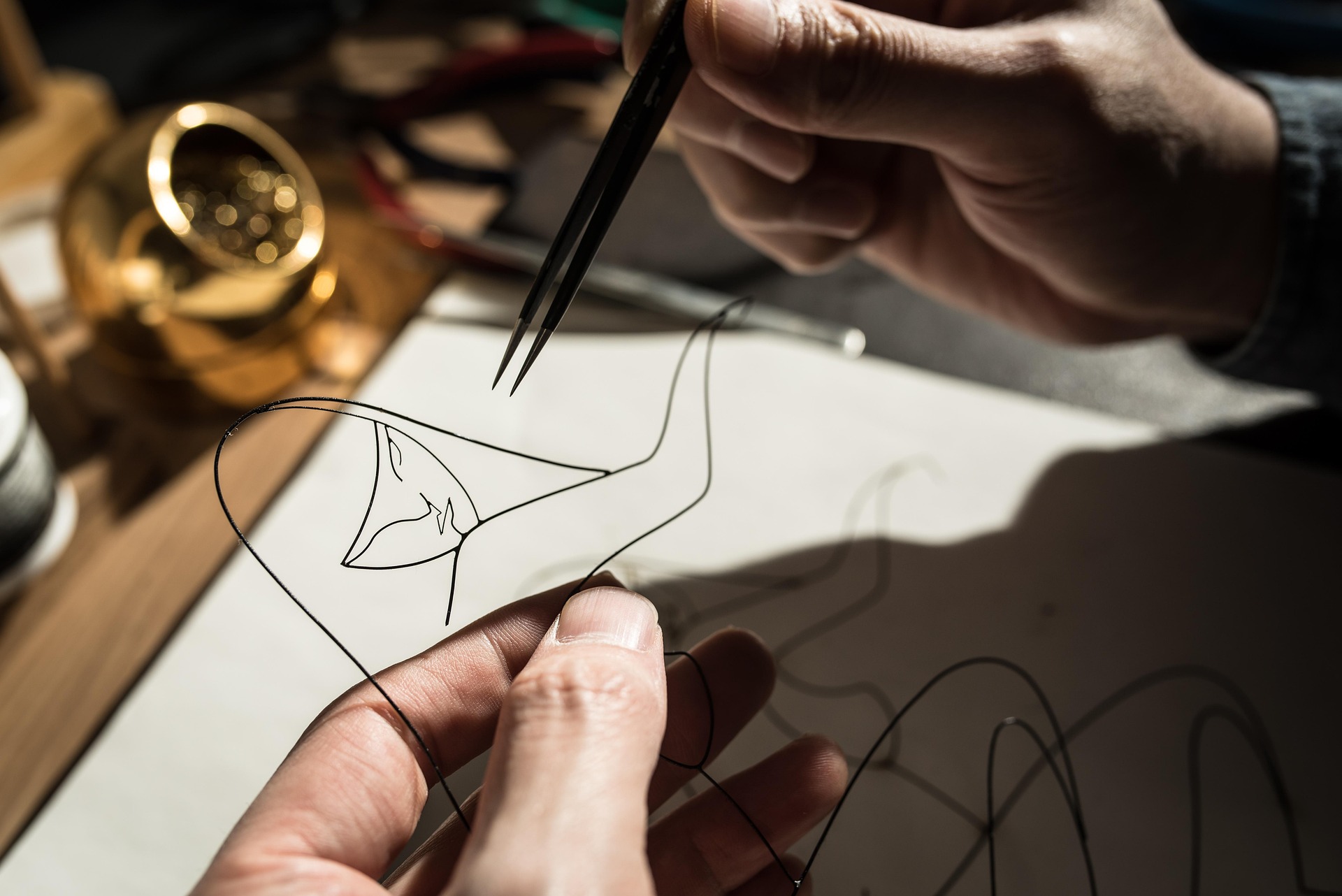Sweeping the Tech World: The Wave of Under-Display Cameras
The world of technology never ceases to amaze us. This time, the spotlights are on under-display cameras— a new trend that promises to redefine how we perceive smartphone design. Let's take a closer look at what this technology really is and how it might change our future interactions with our favorite gadgets.
Back to the Drawing Board
Under-display cameras, or UDCs, represent a significant shift from traditional smartphone design. Traditionally, front-facing cameras have been housed in notches, punch-holes, or pop-up mechanisms. But UDCs? They sit under the phone’s screen, entirely invisible to the naked eye.
This isn’t a new concept, by any means. In fact, the idea of hidden cameras has been floating around since the inception of the first smartphones. However, the technology and precision required to implement this successfully have only recently become feasible.
The Promise of Under-Display Cameras
In layman’s terms, UDCs promise a truly all-screen experience— no interruptions, no distractions. This means that the dream of a bezel-less smartphone could finally become a reality. Imagine watching your favorite movie or playing a complex game without any obtrusive elements on the screen.
Moreover, UDCs can potentially open the door for more innovation in the design of wearable tech, such as smart glasses. The possibilities are simply overwhelming.
The Current State of Under-Display Cameras
Several smartphone manufacturers have already dipped their toes in the UDC pool. ZTE was the first to introduce a smartphone with an under-display camera, the Axon 20 5G. After that, Xiaomi followed suit with the Mi Mix 4.
However, the technology is still in its infancy. Early adopters have reported lower image quality due to the layer of screen between the camera and the subject. But tech giants are diligently refining the technology to overcome these challenges.
Under-Display Cameras and the Market
As with any new technology, UDCs aren’t cheap. Currently, smartphones featuring UDCs are on the pricier side of the spectrum. The ZTE Axon 20 5G, for instance, was priced around $500 upon its release. But as the technology becomes more widespread, it’s likely that prices will go down, making UDC-equipped phones more accessible to a broader consumer base.
In the long run, UDCs could have a significant impact on the smartphone market. They could potentially become the standard feature for flagship models, just like multiple rear cameras and high-refresh rate screens have become.
Conclusion
Under-display cameras represent a bold leap forward in smartphone design. They promise a fully immersive, all-screen experience that could change user interaction with their devices. And while the technology is still young and has its share of teething problems, there’s no doubt that UDCs represent the future of smartphone design.
The tech world is waiting with bated breath to see how this trend evolves. Who knows? In a few years, we could look back on punch-hole cameras the way we look back on flip phones today. It’s an exciting time to be a tech enthusiast, indeed.





